RC jet engines simplified
RC jet engines are described and details as to how model jet engines work.
The model jet engine has been around for a while now and has firmly established itself as an important part of the RC hobby. The prices are still high (although when you consider the technology involved, they still are a bargain!).
These RC airplane jet engines are definitely NOT for the beginner and a rigid safety protocol MUST be followed when running and especially when flying! An RC jet aircraft can fly at speeds in excess of 200 MPH and weigh up to 50 pounds-this is definitely NOT a toy! In the wrong or inexperienced hands such a model can cause very serious damage and/or injury.The pilot's reflexes, when flying at these speeds, need to be in tip-top shape and I know I shall never be able fly one!It is possible that the RC airplane governing body of your country ( AMA in the USA and MAAC in Canada) has to certify that the pilot is proficient enough to fly an RC jet engine powered airplane. Please check before you go too far, in your turbine adventure!
How they work: RC Jet Engines
The principals involved are identical to those associated with the full size gas turbine engine. Very simply the principal involved is "Suck-Squeeze-Bang-Blow"
The "Suck" refers to the centrifugal compressor, that draws air into the engine, at the center. The vanes , on the compressor, direct the air, outwards, towards the outer "can" of the turbine, where they are compressed ("Squeeze"). In the combustion chamber fuel is injected, as a fine mist and the mixture of air and fuel is ignited ("Bang").
This ignition of the highly compressed air/fuel mixture causes it to expand very rapidly and as there is highly compressed air at the front of the engine, the hot, expanding mixture takes the less resistant path and exits out the back of the combustion chamber. ("Blow")
Here it passes through the another set of turbine blades and exits out of the nozzle. as it passes through the blades, it causes the turbine to spin. This rotary motion is transferred, via the main shaft, back to the centrifugal compressor. Thus the cycle is complete and self sustaining.

As more fuel is added the, the hotter and the greater the expansion of the fuel/air mixture, causing the turbine to spin faster, thus sucking in and compressing even more air. The end result is lot of hot gases, exiting the nozzle, at high velocity and producing a very usable THRUST.
Full size gas turbines use an axial compressor rather than the centrifugal type and usually have multiple combustion chambers, spaced around the "Can". However, during the early days of full size turbine development, centrifugal compressors were used. The Whittle gas turbine and the DH Goblin turbines come to mind. Take a look at this Wikipedia page for details of the Goblin.
How to start an RC jet turbine
As mentioned above, the process is self sustaining, but starting has to be a problem, if the pressure produced by the compressor, is low ( as it is when stationary or at low RPM.) then the compressor has to be turned at a high speed (about 25,000RPM).
This can be accomplished by using an RC electric motor to turn the main shaft. In the early days of the RC jet engine, compressed air , from a scuba tank, was directed into the compressor. Today most manufacturers build in the starter motor, at the nose of the compressor.
The next starter challenge, for these engines, is regarding the fuel. In order to ignite, the fuel should be in a gaseous state. Some model jet engines use propane and/or butane (which is a gas) to start. The ignition is accomplished by a glow plug, similar to that as used in 2-stroke glow engines.
Once the combustion chamber is hot enough, the regular fuel (Jet A1-Kerosene and turbine oil, as used in full size turbines) is sprayed as a fine mist and it is vaporized, by the high temperature. The propane/butane can then be switched off.

The photo at left shows the JetCat Kerosene Starter Plug. This ceramic element plug, allows starts with standard Jet A1 fuel, thus simplifying the start procedure. It replaces the normal glow plug
When RC jet engines, first appeared, over 10 years ago, this complete start procedure was accomplished manually.
Today the entire sequence is automatic, by the using a small computer called the FADEC or ECU.
FADEC is an acronym for Full Authority Digital Engine Control and ECU means Engine Control Unit.
As well as staring RC jet engines, the ECU keeps it running in a safe and reliable state, continuously monitoring the RC jet turbine and also initiating the shut down protocol.
The throttle control is simply adjusting the fuel pump, to deliver more or less fuel.
Some facts and figures
RC jet engines are available in a fairly wide range of sizes. Maximum thrust can vary from 5 lbs to over 50 lbs. The maximum RPM of turbines is well over 100,000 RPM and exhaust gas temperatures can reach to over 600 degrees Celsius.
For accuracy of manufacture, CNC machining is employed on all the critical components. Precision Dynamic Balancing is used to ensure that the parts do not fly apart, at these kind of speeds!
Also ceramic ball bearings are required, because of the speeds and temperatures encountered. in these types of engines.
When these facts are thought about, it is not surprising why the price of jet engines is not much higher!

The photo at left shows the smallest of all the model jet engines that I have come across.
This is the JetCat P20-SE. Here are it's vital statistics-
The maximum RPM of this unit is an incredible 245,000! The thrust is 5.25lbs and the weight is 13oz. The body diameter is a mere 2.4"
For further information on this marvel of the latest technology, click on the photo.
If you have found this description of these types of engines useful, please let me know, or add a comment on the bottom of the page.







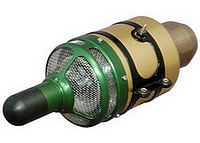
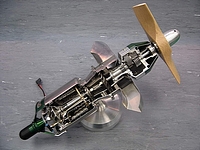


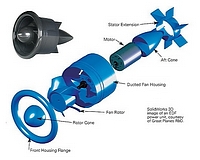





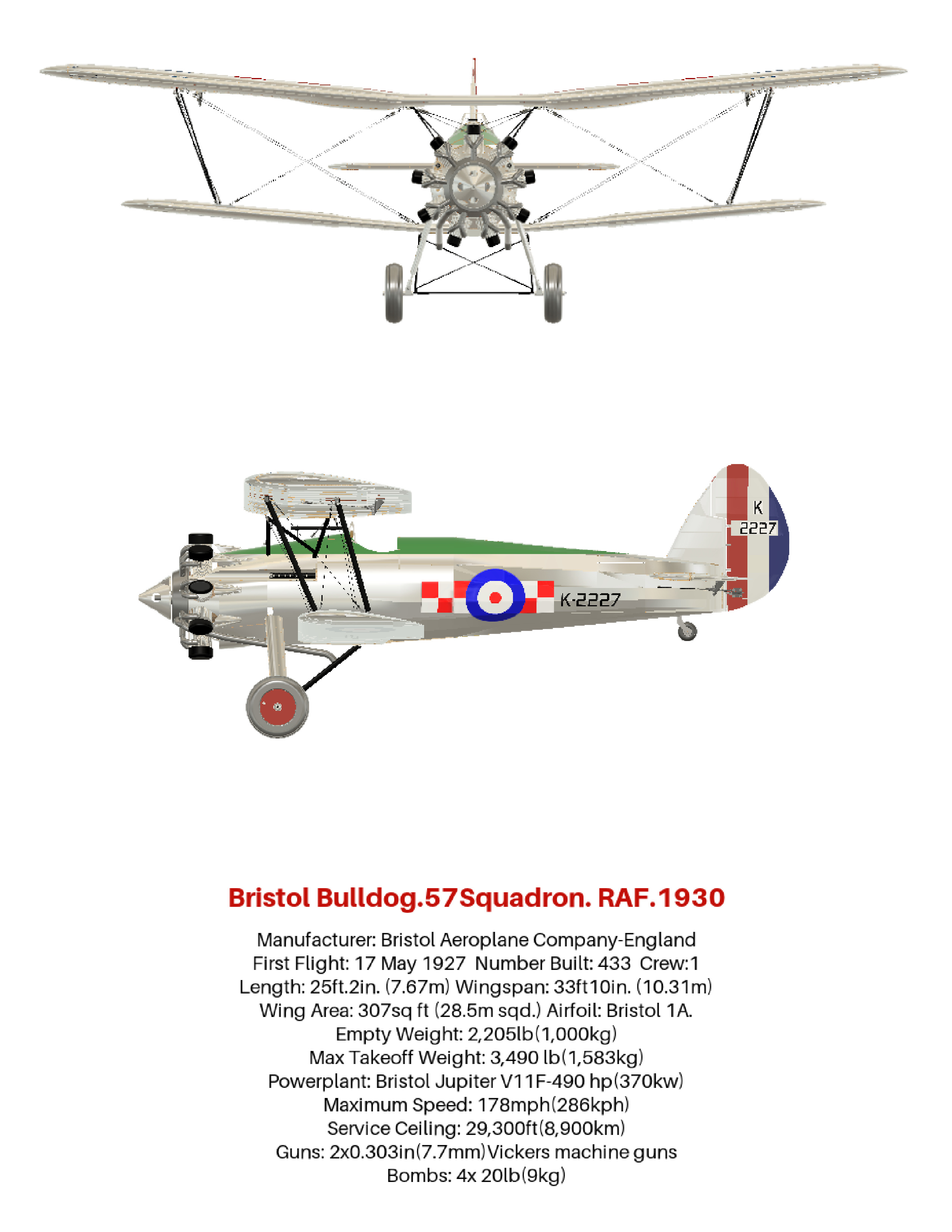


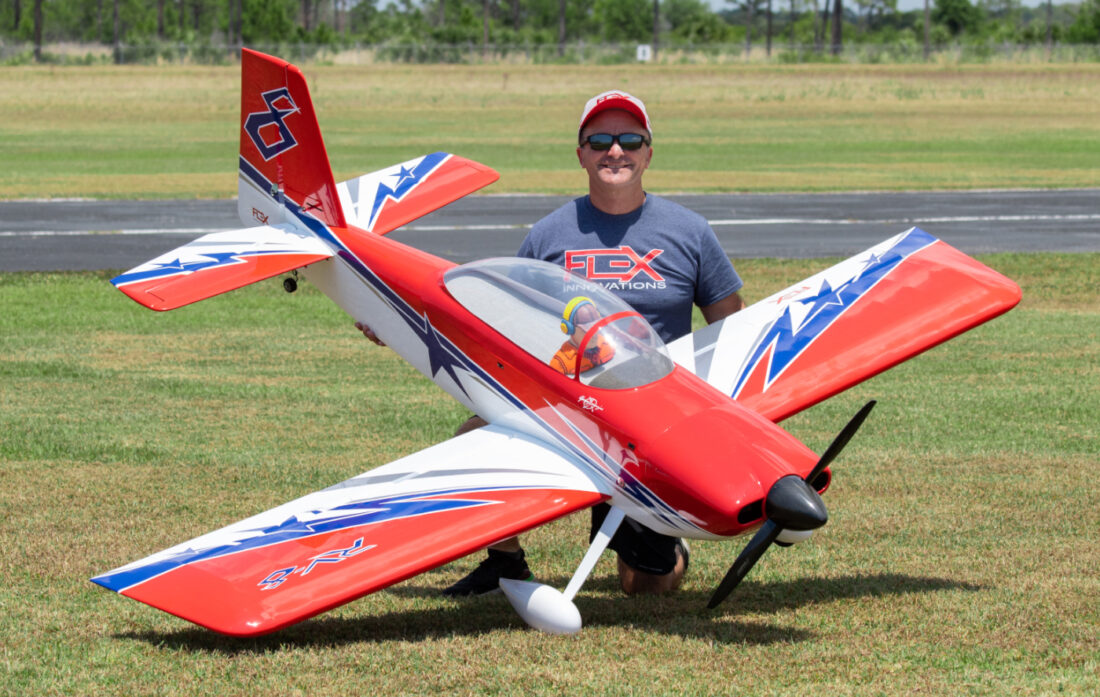
New! Comments
Have your say about what you just read! Leave me a comment in the box below.